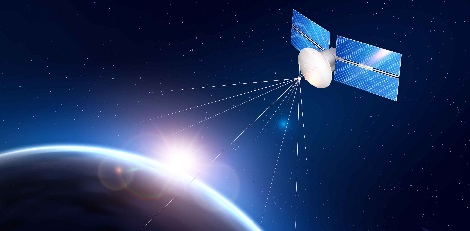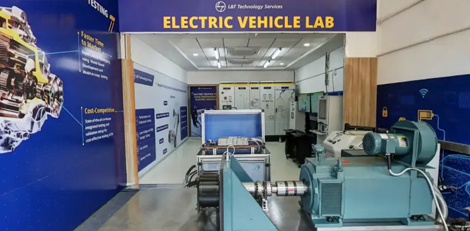Satellite Internet- Know about this new satellite internet service that can transform internet access in India!!

Recently, the Indian government gave its approval for the initiation of satellite internet services across India. Just similar to the practices present in other countries, the Indian government has announced plans to follow an administrative allocation process for satellite internet spectrum.
The pricing of this spectrum would be decided by TRAI or Telecom Regulatory Authority of India. It is now brought out that Elon Musk`s Starlink would be able to provide internet services across India bypassing traditional wired or mobile coverage. This has not gone down well with India`s major telecom companies like Jio and Airtel etc . They want the Indian government to auction the satellite spectrum just similar to the process used for telephone spectrum.
What exactly is Satellite Internet and how does it work?
It is worthy to note that satellite internet works with the help of satellites present in space. Internet signals are sent to satellites in space from ISP or internet service providers. Then, the satellites send signals back to the users and these signals are captured by satellite dishes. Point to be noted is that each dish connects to the user`s modem that would link their computer to the internet. To deliver data back again to the ISP, the process would repeat in the opposite direction.
Previously, satellite internet would require larger equipment. Now, the providers would offer smaller and compact ones. These days, the satellite internet setups mostly have just a modem, wireless router and a network cable.
Difference between Starlink and existing system:
Thousands of small satellites are employed by Starlink instead of relying on a few large ones. Internet speeds would be enhanced and latency would get minimised as low earth orbit or LEO satellites orbit the planet at an altitude of just 482km.
In Starlink services, there would be decreased reliance on multiple ground stations as latest Starlinks are equipped with the laser communication technology. In the near future, SpaceX has got plans to launch up to 40,000 satellites. There would be comprehensive global coverage and improved service reliability in remote regions.







